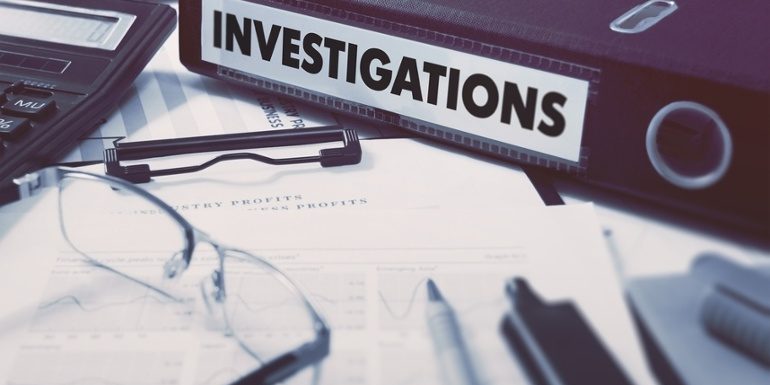Workers’ compensation fraud is not necessarily common, but it does happen, which is why a basic level of investigation is recommended when you suspect there is something wrong with a claim. The cost of a cursory investigation can be much less than the long-term costs of a false claim on your policy.
But what should an effective workers’ compensation investigation entail? There are several things you should take into consideration (and some you should avoid).
IDENTIFYING SUSPICIOUS CIRCUMSTANCES
Workers’ compensation fraud makes up less than 2% of all claims, and most fraud comes from the employer side, so most of your employees are being truthful when they file a claim. But there are several red flags you should watch for that may indicate potential fraud:
- Delay or lack of witnesses in reporting the injury
- Missed treatment or delayed appointments
- Suspicion of injury on personal time
- History of multiple claims
- History of financial difficulty
- Prolonged recovery and suspected malingering
- Currently disgruntled or recently reprimanded
Some of these red flags may be immediately apparent, such as someone who is injured immediately upon returning from a vacation, or who gets hurt right before or during their final days before leaving a company. Others may require additional investigation.
HOW TO BUILD A CASE FOR FRAUD
To successfully argue that a claim was fraudulent, you need evidence that directly negates the nature and description of the injury suffered. This means:
- Proof that the injured party’s statements are directly false.
- Claim decisions were directly based on these false statements.
- The false statements were made with the intent to defraud.
In most cases, all three of these must be in place to make a case that a claim is fraudulent, so it’s important to carefully document every step of the process. Having a detailed workers’ compensation process in place helps with this because it:
- Ensures all employees follow the same procedures.
- Clearly identifies when someone deviates from procedure.
- Ensures all management and staff know the procedures and are trained in them.
- Documents initial statements at time of injury and followups with doctors.
With a clear paper trail and a static procedure for all followups, it is easier to spot inconsistencies and irregularities that might indicate a problem.
HOW TO INVESTIGATE POTENTIAL FRAUD
Investigation of potential fraud is difficult, and should be based on the presence of several red flags from the above lists. If you do suspect fraud, however, and have material documentation that something doesn’t match up, you can pursue an investigation in several ways:
- Report fraud directly to the State – By filing a fraud complaint directly with the state, you can indicate your concern and initiate a state-investigation.
- SIU Investigation – California insurers maintain special investigation units, as do many brokers on behalf of clients. You can call for an informal investigation in which an examiner will evaluate upwards of 50 different criteria for potential fraud.
- Hire an investigator – Licensed investigators who can gather additional evidence related to your concerns can help bring a case before filing a fraud claim. These are often recommended or referred by an SIU in the case of a high cost potential or complex case.
If you suspect workers’ compensation fraud, act as soon as possible and ensure your documentation is in order. By having a detailed overview of the process and the red flags you’ve noticed, it is easier to take the next step and evaluate whether there is a problem that needs to be addressed.




